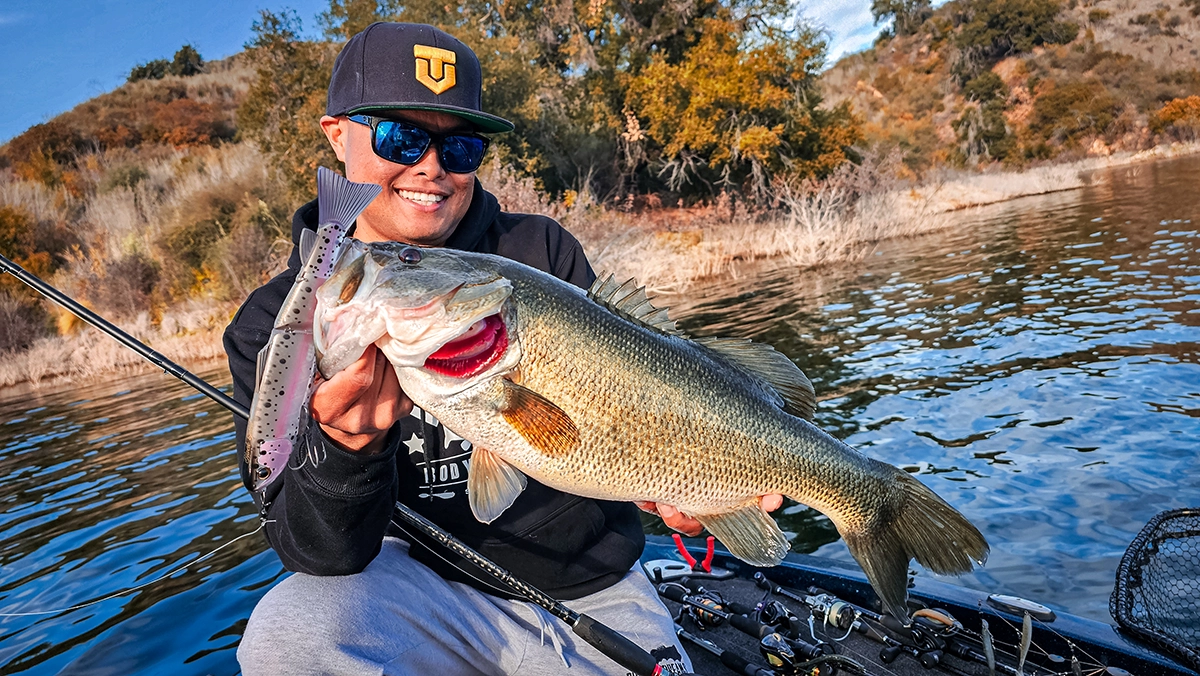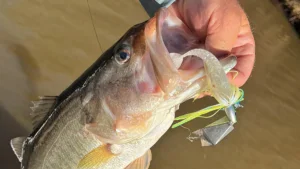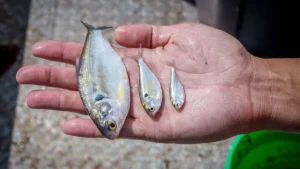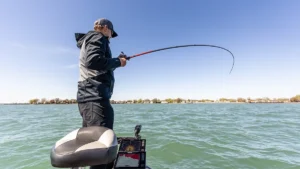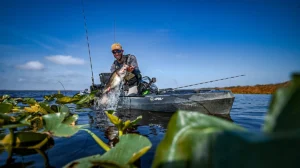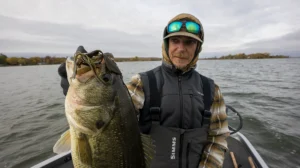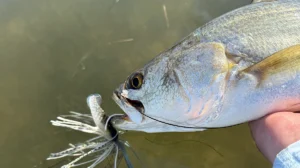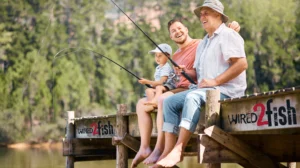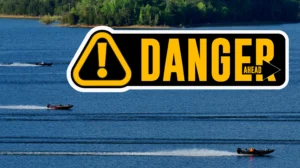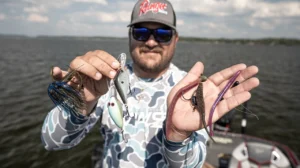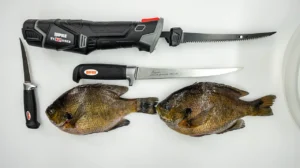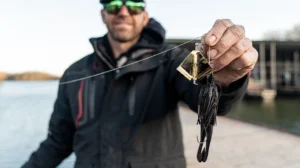We’re entering a special time for bass fishing across much of the continent. As water temperatures climb out of the 40s and 50s, visions of topwater explosions and tricking bass into biting my newest, and often oddball, lures flood my mind.
However, this time of year, I’m focusing on lures that have the ability to stall: the ability to suspend. This lure feature consistently triggers bites and the ability to hold a lure in place indefinitely can be the key factor early in the season for generating more strikes, and for me, the bite.
Let me explain.
The Lure Landscape of the 1990s
When I was growing up in the 1990s and soaking up all the fishing knowledge I could, most television shows and magazine articles focused on hard baits that floated or slow-floated. This was touted as a great feature because it allowed anglers to maneuver treble-hooked baits through snaggy cover like wood laydowns without hanging up.
Even in the aisles of my local Turner’s Outdoorsman, where I did the majority of my tackle shopping, almost all the hard baits were floating models. But around this time, the first Japanese Domestic Market (JDM) offerings started arriving in California. Daiwa released a lineup of hard plastic baits including a vibration, crankbait, popper, one of the first pencil-style topwaters I remember, and my favorite: the T.D. Minnow.
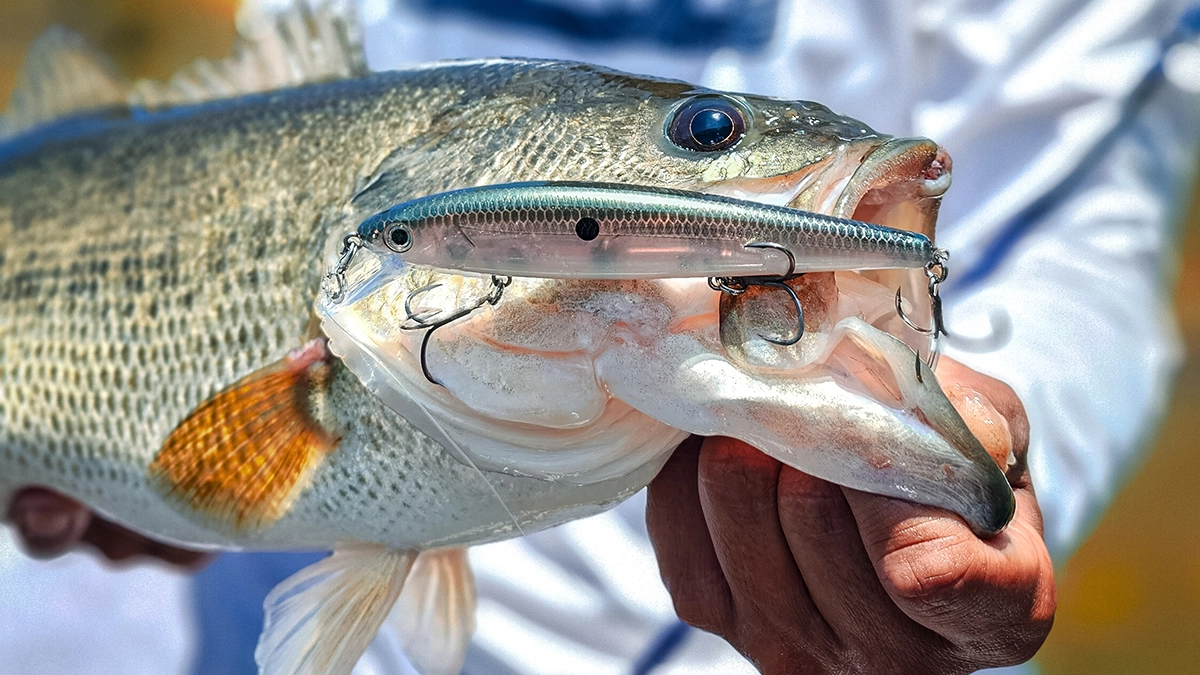
A Game-Changing Jerkbait
What made the T.D. Minnow so special? After all, something had to justify its $17.99 price tag. In the late ‘90s, that price was absolutely shocking and equivalent to $50 today. At the time, a comparable minnow-style bait like a Rapala or Smithwick Rogue sold for around $4.99.
But aside from the premium price, detailed finishes, and fancy packaging, the biggest difference was that it suspended. With the exception of the Smithwick Rogue, it was the only jerkbait, ripbait, or minnow-style hard bait I could find in Southern California that would suspend.
Learning to Fish a Suspender
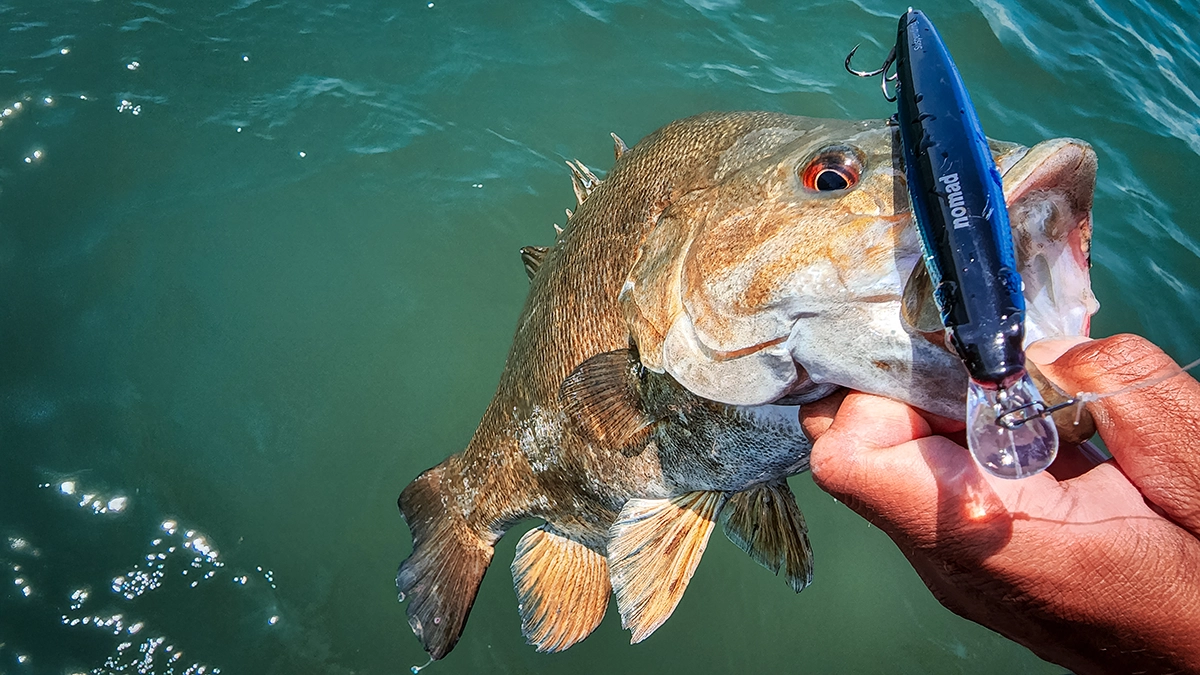
Now that I had a fancy suspending jerkbait, how the heck was I supposed to use it? Remember, this was before we had instant access to online tutorials. There was, however, TNN Outdoors on Saturday mornings, airing at 5 a.m. on the West Coast. I tuned in religiously.
One of my favorite programs was In-Fisherman, hosted by Doug Stange and Al Lindner. I liked how they covered multiple species and broke techniques down technically. One episode in particular stood out: Al demonstrated fishing a suspending jerkbait in cold water with insanely long pauses of up to 30 seconds between twitches.
To a kid who fished a jerkbait fast in the summer with 1- or 2-second pauses, this was mind-blowing.
The Moment It Clicked
It’s February 1998 on Lake Piru, a small mountain lake at higher elevation. It’s cold. I’ve got on my Nike fleece pullover, basketball sweatpants, fresh Oakleys, and my fancy T.D. Minnow.
We weren’t catching much from our rental boat, so I decided to try Al’s long-pause technique. We dropped a coffee-can anchor just off the bank, in a cut short of the cove’s back, and I cast long, using a 1, 1-2, 1 rip-pause retrieve—then stalled it, just like on TV.
One thing you’ll notice: with long pauses, your line continues to sink slightly. At the time, I was using monofilament; this was before fluorocarbon was a thing, and braided line options were limited. Al taught viewers to combat this by gently turning the reel handle to take up slack. I mimicked that exactly.
“One-one-thousand, two-one-thousand…” I counted all the way to 29 when I felt a tick. No way. I turned the handle and caught my first suspending jerkbait fish on the longest pause I’d ever used.
That moment changed everything.
The Long Pause, 27 Years Later

For the past 27 years, I’ve incorporated long pauses into more than just jerkbaits like the Nomad Shikari. It’s become part of my approach with other lure types, crankbaits and glide baits among them.
I use the same slow line pickup, waiting for that subtle tick. With crankdowns like the Strike King XD series, some of which I’ve modified to suspend, or 10-inch glide baits, the technique holds. That long stall gives bass time to react without me pulling the lure away and shrinking my strike zone.
Why the Stall Works
It’s tough to say definitively why stalling works, but the results speak volumes. Maybe it mimics the slow movement of lethargic prey in cold water. Maybe it gives a territorial bass too long to ignore the intruder.
One specific advantage with a glide bait: I can stall it long enough for a big bass to close the distance. Early in my big-bait journey, no hard glide baits could suspend. I remember pitching the idea to one of the original big-bait makers; he didn’t understand why I’d want that feature and brushed it off.
Designing with Suspension in Mind
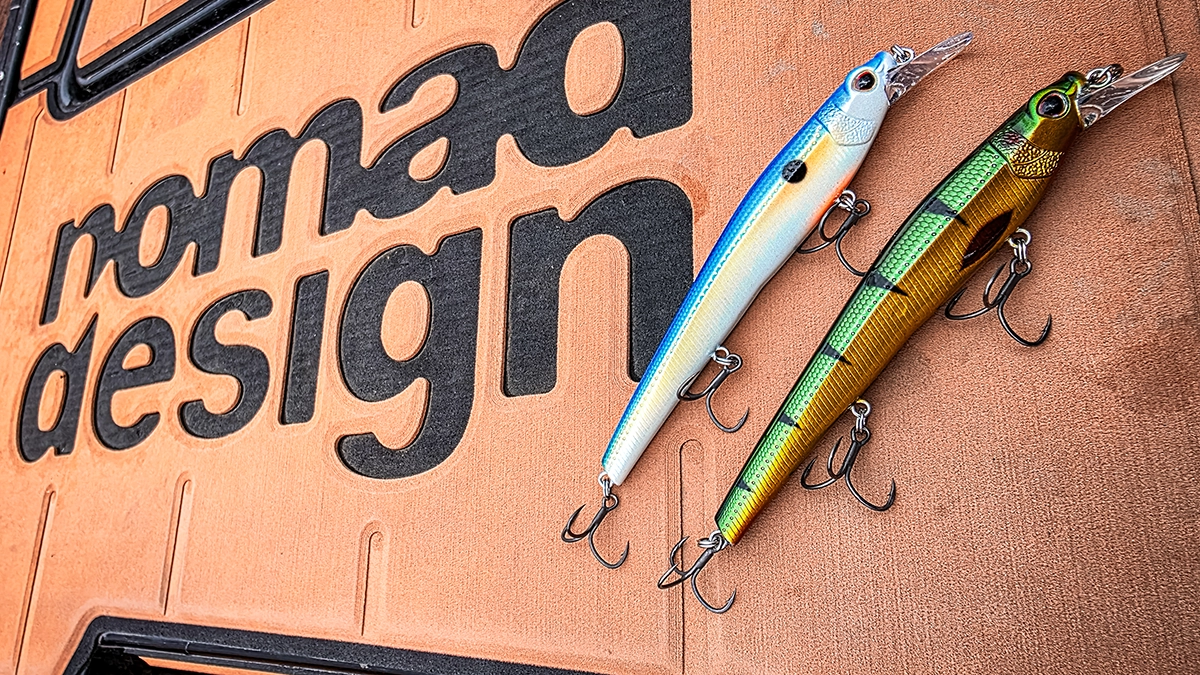
Now, as a lure designer myself, that ability to suspend is crucial. One of our latest designs at Black Spirit Lures, the Chapter One Glide Bait, includes a modular tail system called the Tail-Switch. One tail gives the bait a slow float, the other a slow sink.
Starting with the floating tail, I can add just enough weight to make it suspend perfectly—ideal for long stalls. If I only need brief pauses (up to 2 seconds), the standard tail works great.
Just remember: line choice, line type, water salinity, and temperature all affect how your lure suspends or sinks, so fine-tuning is usually necessary.
Final Thoughts: Elevate Your Game
If you haven’t expanded beyond floating or sinking models of your favorite lure styles, now’s the time to get precise. Elevate your presentation. Add some artistry to your fishing.
Experiment with stalling your lures for different durations and at different depths. You’ll be surprised what you unlock. I believe you’ll find, through trial and error, that suspending lures consistently trigger more bites — especially early in the year, and all across this great bass-fishing nation.
